In one of our recent posts, we have written about Half Upright Seated Angle Pose, in which one leg will be lifted upwards. In Upward Seated Angle Pose both legs should be lifted sideways. ‘Urdhva’ in Sanskrit means ‘upwards’, ‘upavistha’ means ‘seated’ and ‘kona’ means ‘angle’.
Upward Seated Angle Pose promotes balance of the body. It improves focus and relieves stress.
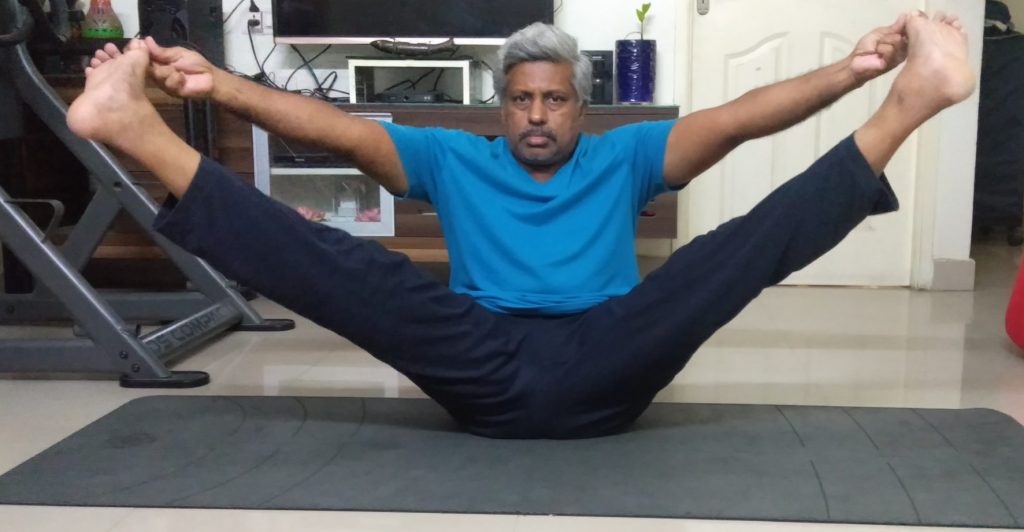
Other Benefits of Upward Seated Angle Pose
- It stimulates functions of abdominal organs..
- It strengthens the spine.
- It strengthens hips and improves hip flexibility.
- It is an effective yoga pose for sciatic pain.
- It strengthens joints.
- The pose strengthens leg muscles.
Instructions
- Sit down on the yoga mat and place your feet against each other.
- Hold your right big toe with your right hand and left big toe with your left hand.
- Inhale as you slightly lean backwards and lift your legs off the floor.
- Holding the big toes stretch your legs sideways.
- Hold the pose for 20 seconds. Release the pose by placing the legs on the floor and returning to starting position.
Note
In case of difficulty in stretching the legs fully, bend the knees slightly.
Those with severe spine conditions, chronic pain in shoulders, hips and knees should refrain from practicing the pose.
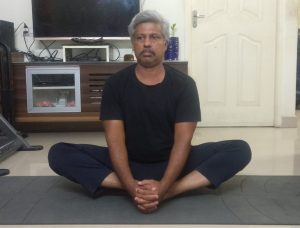
Yoga Pose for Day 42 – Bound Angle Pose (Baddha Konasana)
‘Baddha’ in Sanskrit means ‘bound’ and ‘kona’ means ‘angle’. This pose is also known as Butterfly Pose and Cobbler’s Pose. Bound Angle Pose stimulates Root chakra
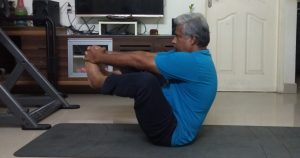
Yoga Pose for Day 40 – Balancing Bound Angle Pose (Dandayamana Baddha Konasana)
‘Danda’ in Sanskrit means ‘stick’, ‘yamana’ means ‘balance’ or ‘control’, ‘badhha’ means ‘bound’ and ‘kona’ means ‘angle’. In this pose, the legs are bound by the hands and the body is balanced by buttocks and hence
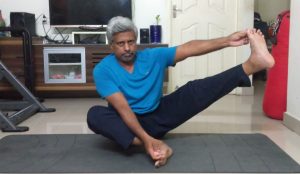
Yoga Pose for Day 39 – Half Upright Seated Angle Pose (Ardha Urdhva Upavistha Konasana)
The word ‘ardha’ in Sanskrit means ‘half’, ‘urdhva’ means ‘upright’ or ‘upwards’, ‘upavistha‘ means ‘seated’ and ‘kona’ means ‘angle’. Since this is a seated pose with one leg raised upwards
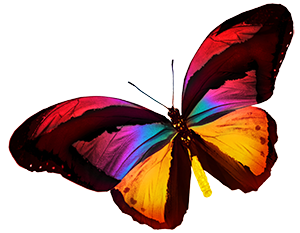

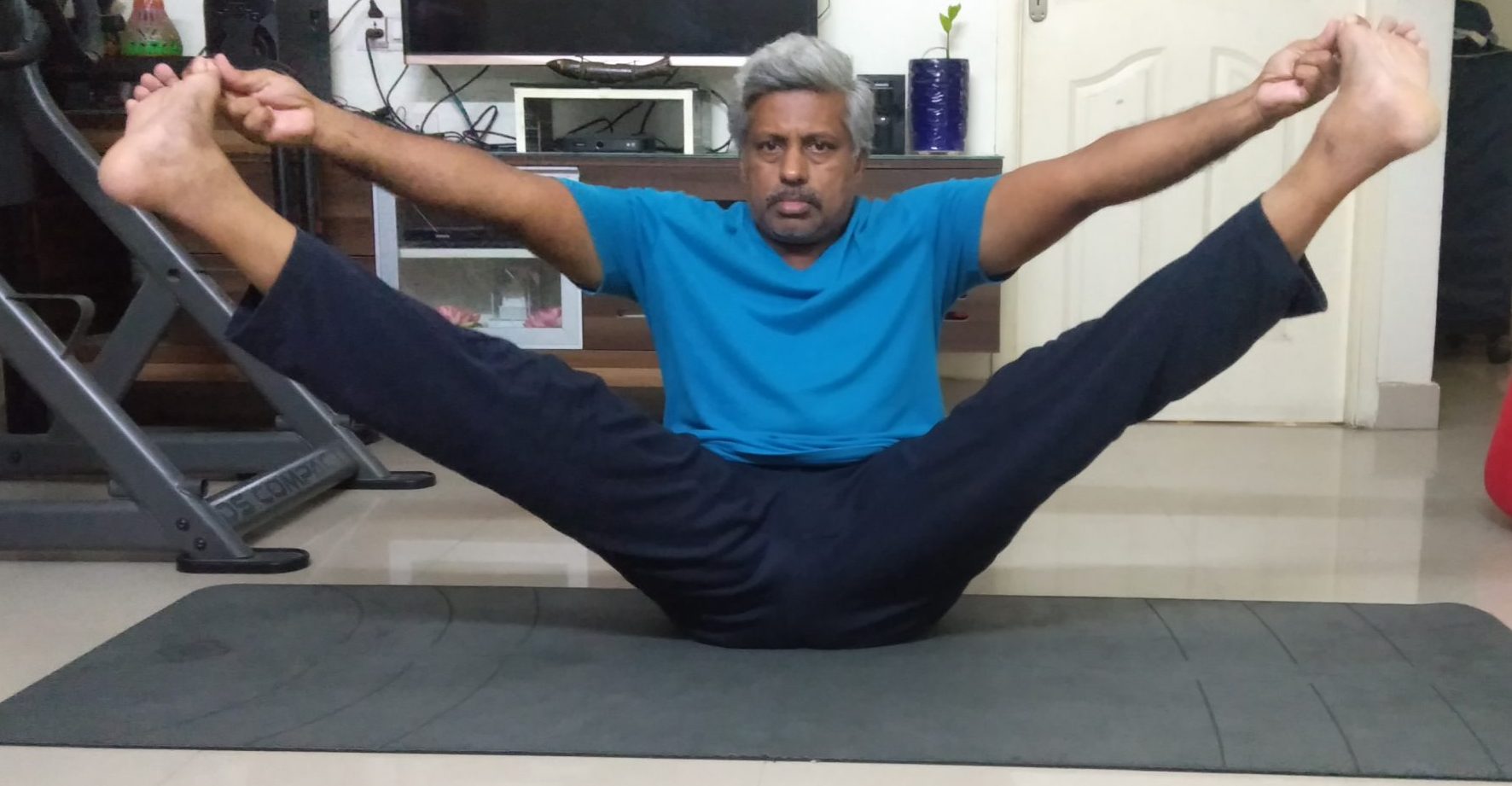

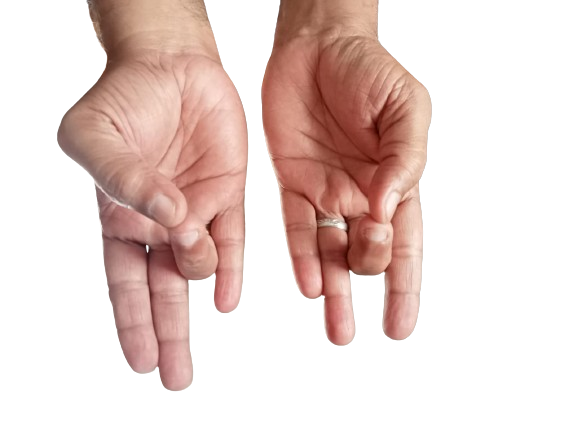
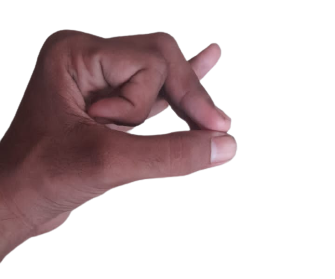
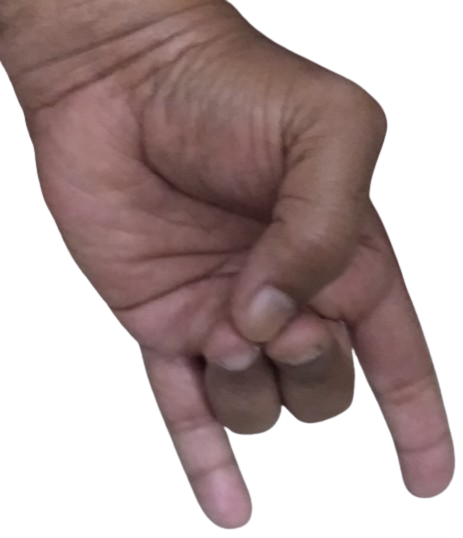
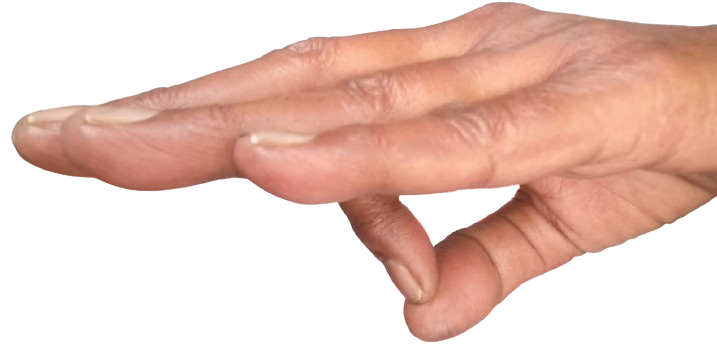
2 responses
ரொம்பவே உபயோகமான பயிற்சி பதிவுகள்! விளக்கங்கள் தெளிவாக உள்ளன!
தங்களின் வரவுக்கும் கருத்துப் பகிர்வுக்கும் மிக்க நன்றி.